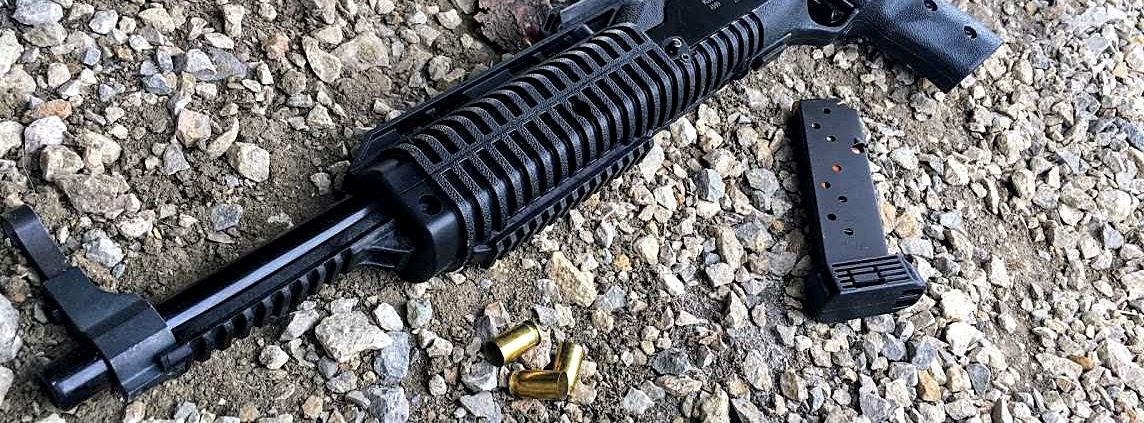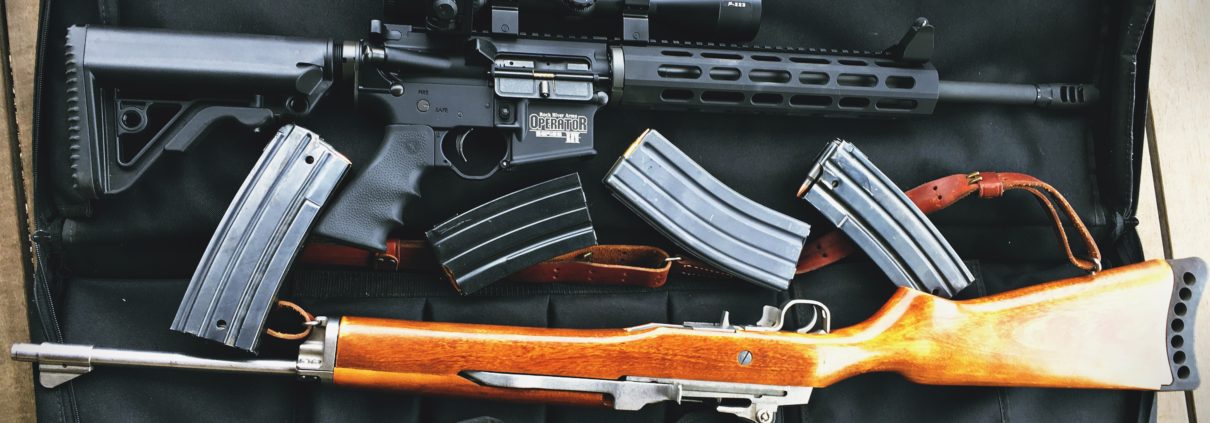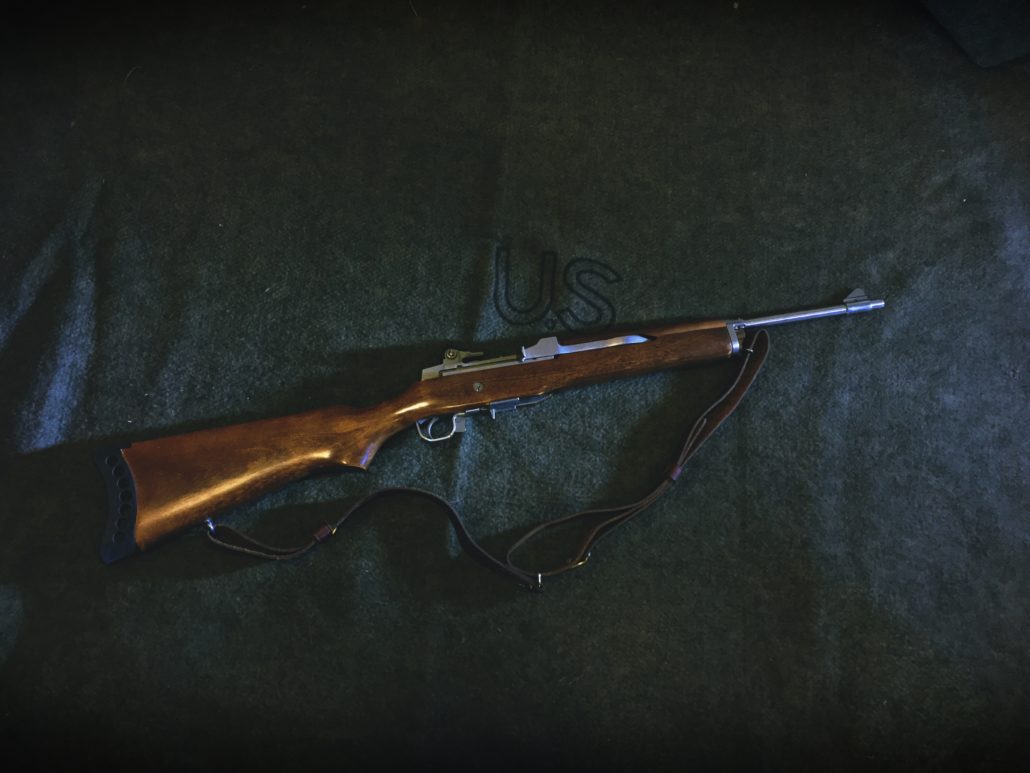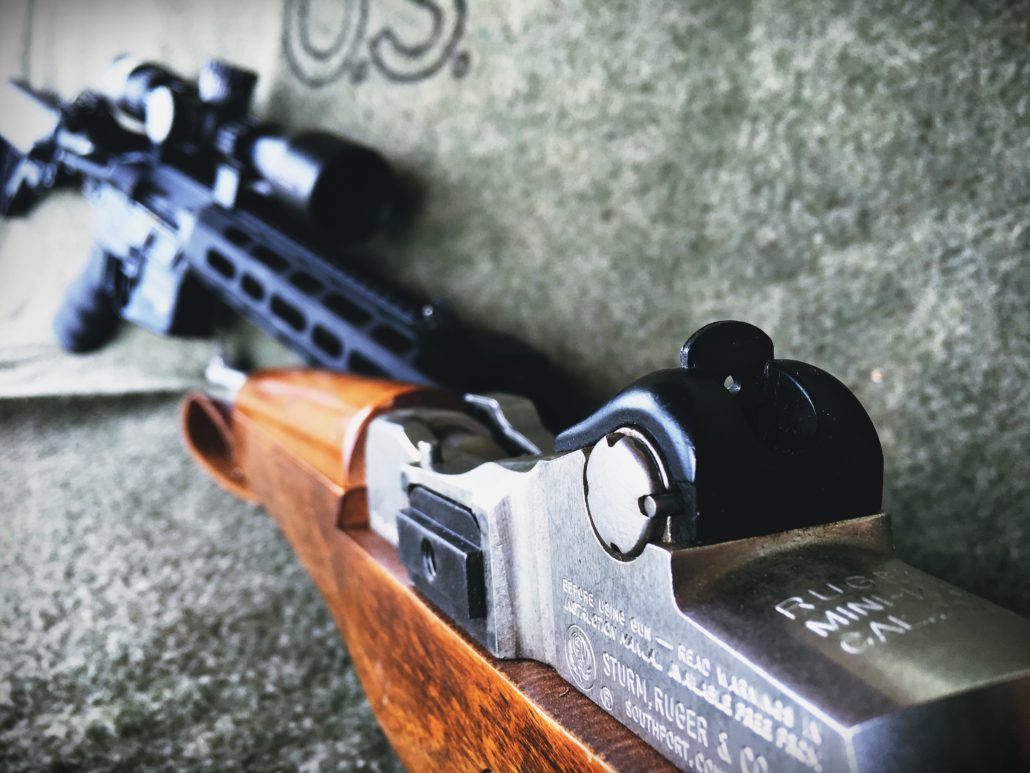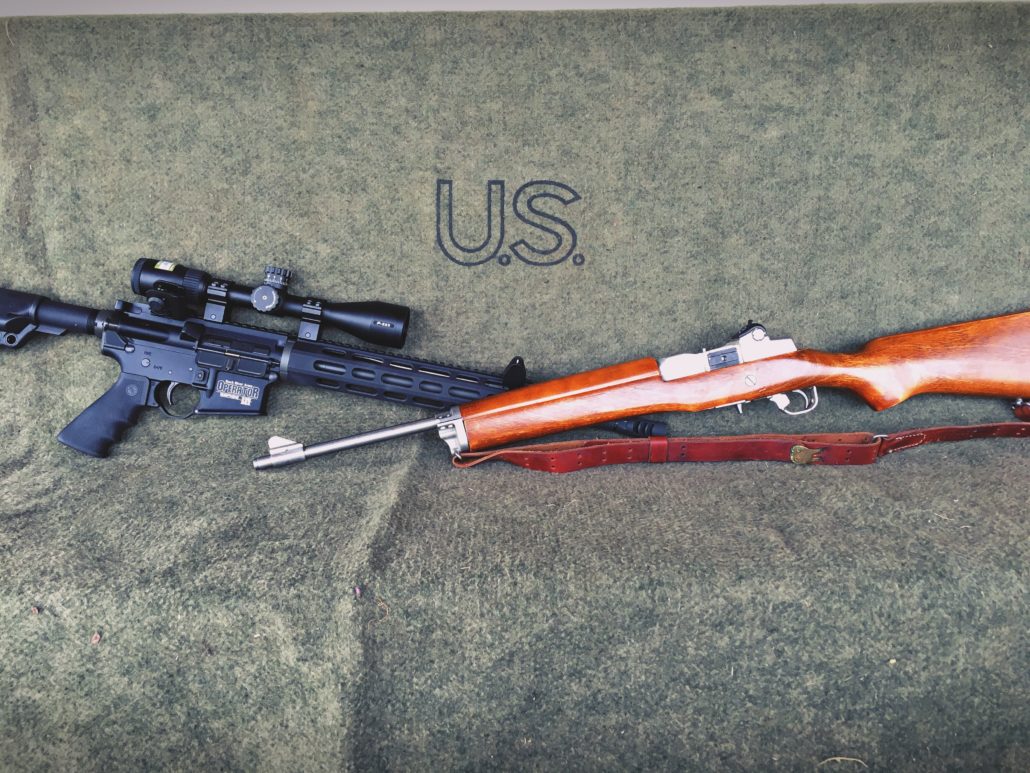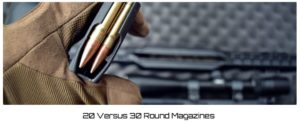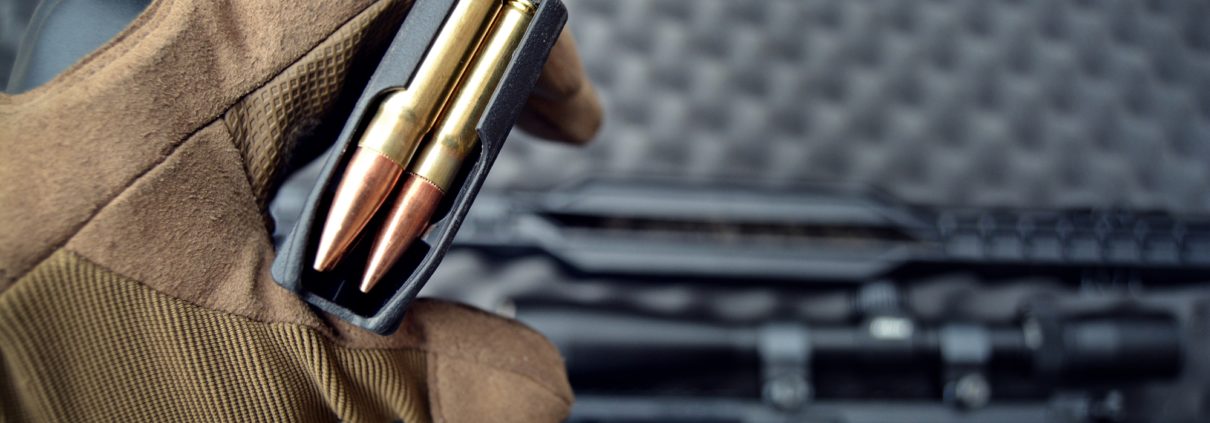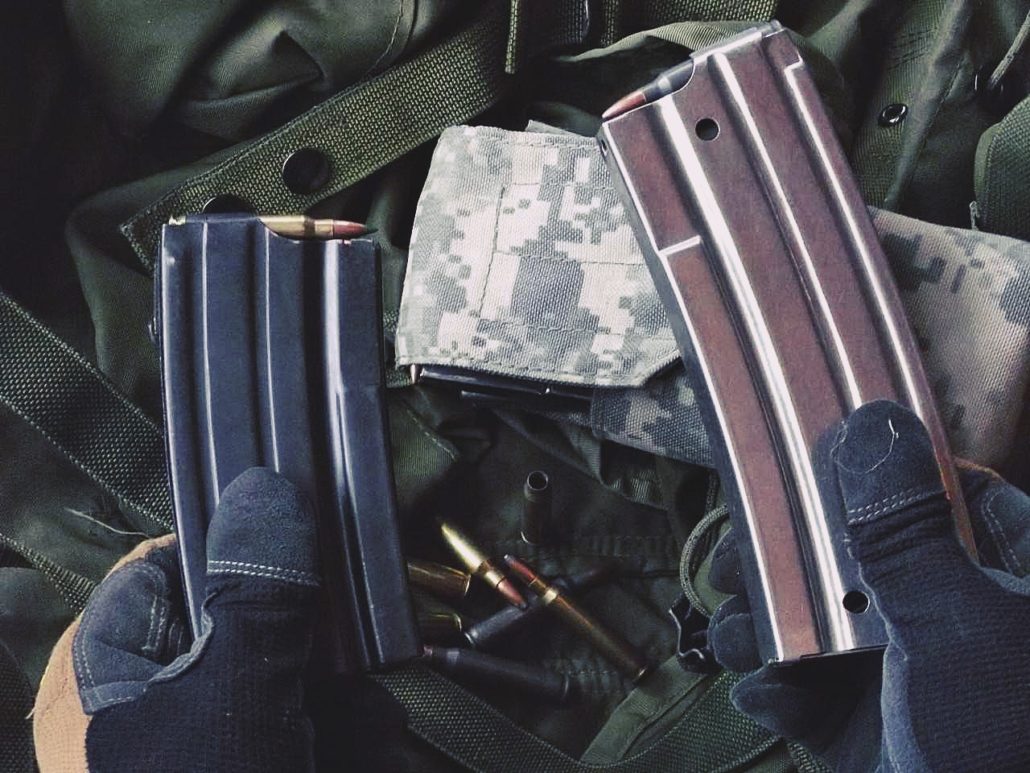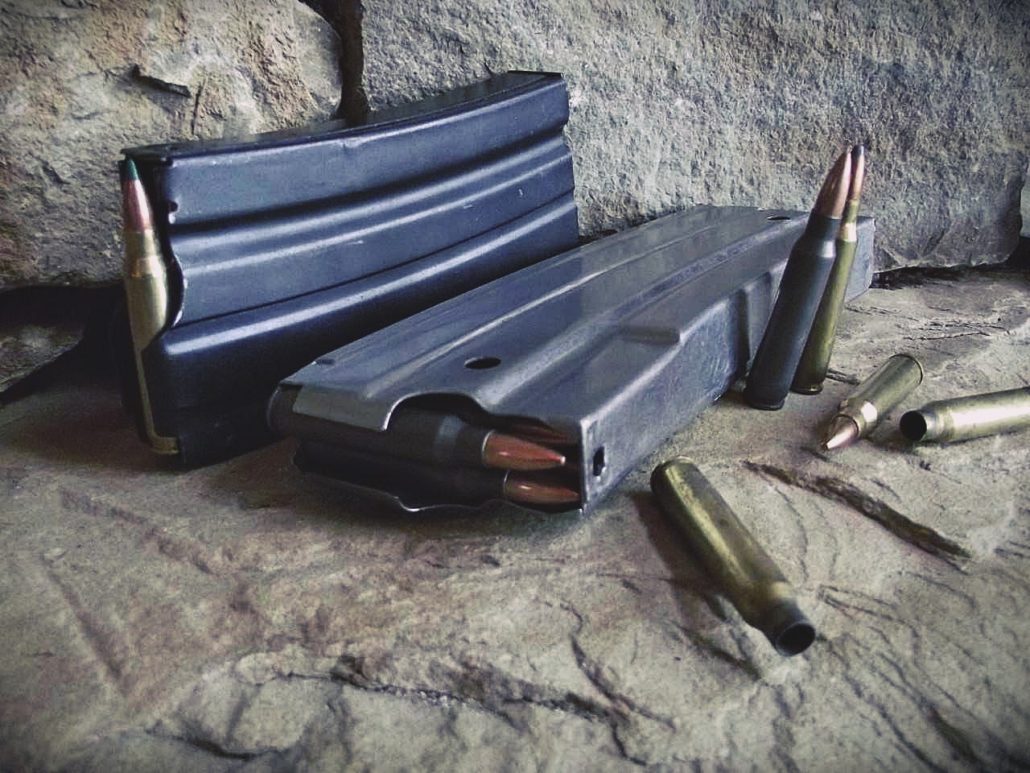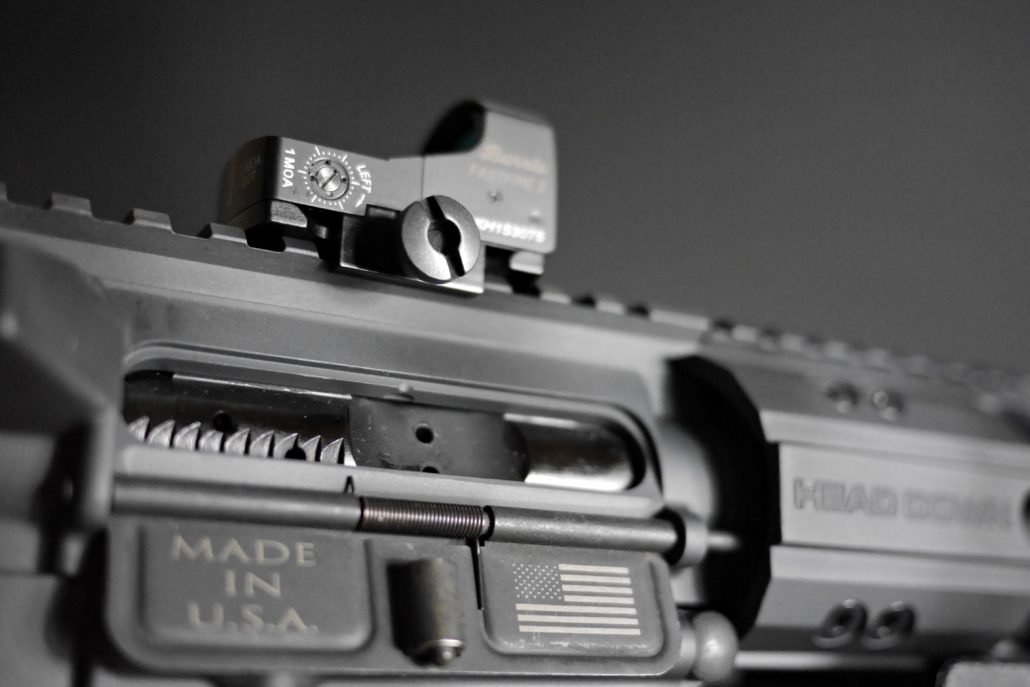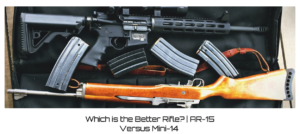Why are Pistol Caliber Rifles so Popular?
The idea of a pistol caliber round in a rifle is not a new idea by any stretch of the imagination. Starting in a bygone time, when musket balls and muzzleloading firearms were the weaponry of the day, shooters recognized the simplicity of packing one caliber of ammunition, and thus carried both long gun and pistol in the same caliber. Later, the cowboys of the west developed systems not to foreign to us now, rifle and pistol chambered in the same cartridge, allowing the need for only a single type of ammunition to be carried. Sometime between then and now the golden era of rifle cartridges, ballistics, and wild cats was born. Shooters poured themselves over statistics of bullets traveling two and three thousand feet per second and effective shooting ranges stretched beyond what many thought would have ever been possible. In the midst of the cartridge revolution, of the development of new weapons systems, and of the age of modern shooting came a resurrection of pairing what is typically thought of as a pistol cartridge into a rifle platform.
Arms makers have dabbled in and out of pistol type rounds in long guns over the years, and many of those firearms have grown a cult following. Hi-Point Firearms, based in Ohio, has been producing the 995 carbines since the late ‘90s, right through the Clinton gun ban. Guns like the Hi-Point Hunter series, the Marlin Camp 9, and Marlin Camp 45 have scratched the itch of shooters who are looking for a compact rifle in a pistol cartridge. Keeping the tradition of rifles built with pistol calibers alive, these guns were the beginning of a new era.
Recently a mainstream resurgence has occurred in the firearms industry and shooters are taking notice. Manufacturers like CZ, Ruger, and Sig Sauer are turning out modern carbine rifles in pistol calibers, and the trend doesn’t look to be slowing down anytime soon. Stop by any tactical firearm manufacturer’s website and it won’t take long to find their short barreled rifle system chambered in a popular pistol round. The trend is evident, so why all the commotion?
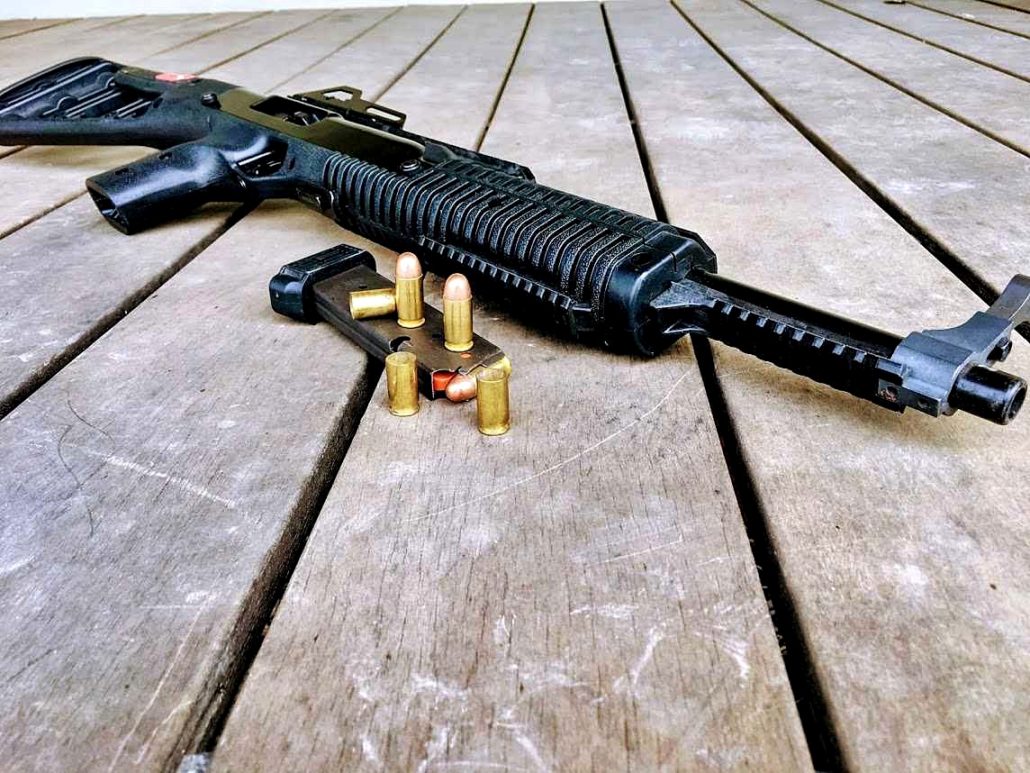
Pistol Caliber Carbine Features
So what makes shooting a rifle chambered in a pistol caliber so appealing? Is there really more than hype and marketing to consider when it comes to pistol caliber carbines? Let’s consider some of the reasons these rifles are gaining popularity, and why you might want to consider purchasing one.
- Economical to Shoot – Blasting away at the range dropping hundreds, maybe even thousands of rounds of empty brass is exciting. Shooters spending a day at the range smoking standard centerfire ammo will have a sore wallet. However, if they change up the cartridge from 556mm or 7.62X39 to steel cased ball ammo in 9mm…all of a sudden one exciting day of shooting can turn into two, with some money to spare!
- Less Recoil – With all that shooting you will be doing by saving on ammo costs, you sure don’t want to abuse your shoulder. Pistol ammo shoots at lower velocities, which in turn produces far less felt recoil. The break on a rifle stock hammering your shoulder at the range is nice not only for long sessions of shooting but also for shooting drills. Learning to breathe, proper trigger control, and steadying sight picture is much easier to do when recoil is lessened. Shooters who utilize lower recoil ammo for drills and practice are less likely to develop a shooting flinch.
- Magazine Size and Capacity – Lay a 30-06 round next to a 9mm or 45ACP for that matter and it is easy to see how much space is saved in chambering, bolt, action, and in the magazine by shooting the smaller pistol calibers. Many manufacturers have even made popular pistol magazines that you may already have on hand fit their rifle systems. Kel-Tec and Ruger both make 9mm rifle offerings that accept Glock 9mm pistol magazines! Load several 33 round 9mm Glock mags for the range and compare them to size and weight of loaded 30 round mags for your AR-15, or an AR-10.
- More Places to Shoot – Because of the lower velocity of pistol cartridges, indoor ranges, and steel target ranges allow pistol fire while limiting typical rifle cartridges. Running a carbine rifle setup on a pistol cartridge opens up the door to a whole new selection of places to run and gun. Not that we don’t love shooting our pistols at the range, but having the option to run a shouldered long gun at the indoor range is amazing.
- Suppression – Semi-automatic carbine rifles are notoriously picky when it comes to subsonic ammo, suppressors, and fire and ejection cycles. Standard rifles can be tuned to fire subsonic ammo through a suppressor no doubt, but switching back to standard ammo and dropping the suppressor after the rifle is tuned to shoot suppressed creates its own set of problems. Pistol ammunition, and actions built to run pistol ammunition are happy to eat whatever ammo you feed them, subsonic or not. Unthread the suppressor from your favorite 9mm semi-auto pistol and hook it up on your CZ Scorpion Evo 3 and you’re ready to rock and roll.
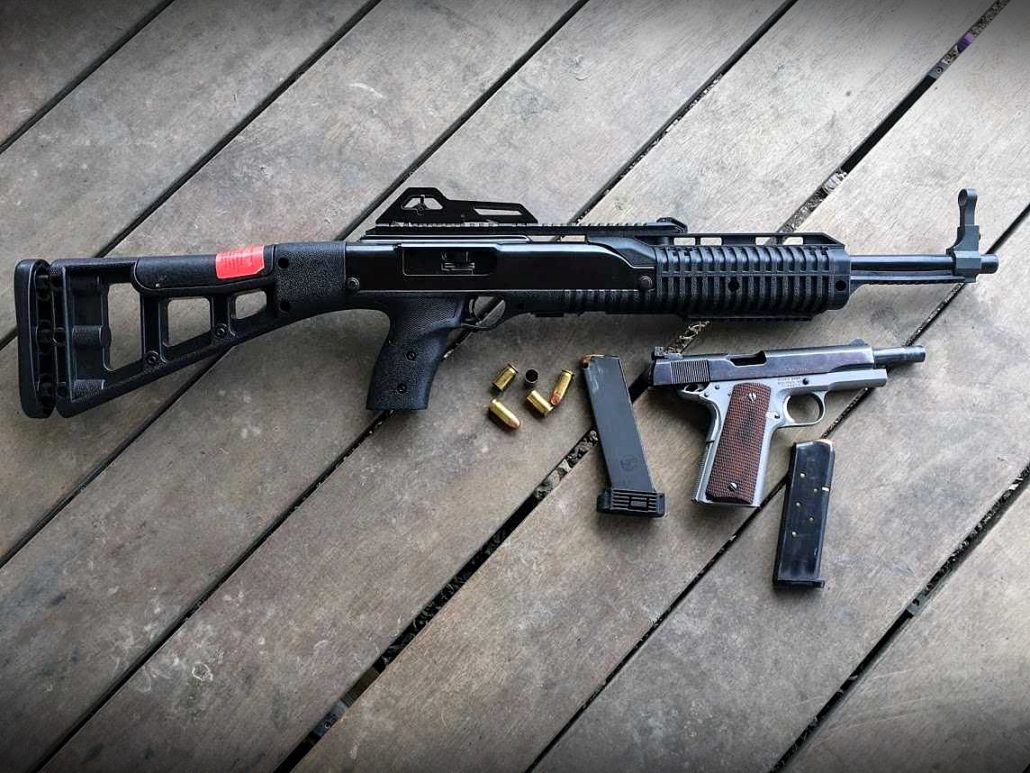
Use Case, Can a Pistol Caliber Carbine be Useful?
So it’s pretty evident that folks enjoy shooting pistol caliber rifles, and the firearm manufacturers have taken notice. Aside from being a fun day at the range, cheaper to shoot, and easier on recoil; do pistol caliber rifles have any real-world use as a tool? Is there a niche or use case for a rifle chambered in a pistol cartridge worth spending the cash? Here are some use case scenarios that will allow you to be the judge.
- Home Defense – For the most part, pistol caliber carbines are small, light, and easy to handle. Pick up a CZ Scorpion Evo 3 or Kriss Vector Gen II and shoulder it. You will quickly see how ergonomical, user-friendly, and efficient these rifle are to maneuver. These rifles are ideal when it comes to close quarter action, home defense, and even urban bug out situations. No doubt many will argue that the 9mm isn’t the ideal home defense round, or that the 9mm is too weak for this type of personal defense work. Without question, taking fire from a 9mm would ruin your day, but if you just can’t stomach defending your castle with the same cartridge the US Army carries, opt for the 45ACP model. Launch a 185-grain .45 caliber bullet at over 1,000fps and knockdown is no longer an issue!
- Bug Out – We touched on this factor briefly when covering home defense, but considering a pistol caliber carbine in a bug out type scenario is worth a deeper dive. There is no doubt that AK/AR rifle systems have their place in a toolkit designed for bug out scenarios, but depending on your system, a pistol caliber carbine might be a better fit. Paired with a pistol in the same caliber that accepts the same magazine, this rifle presents a system in which there is no better way to simplify. This creates easy thinking and confidence in a stressful scenario…one type of ammo to pack and one type of mag to pack it in. If weight becomes a factor and mobility goes from four wheels to two feet, packing a 4 pound Kel-Tec SUB-200, or the Aero Survival Rifle at 5 pounds, that breaks down to drop into a backpack and gladly accepts Glock mags, is tough to beat. Pistol caliber rifles are definitely worth a second look when you are considering your bug out pack out.
- Camp / Ranch and Varmint Rifle – In a sort of patrol type use case around the ranch, or poking around the hunting lease, a pistol caliber carbine like the Ruger PC Carbine is an ideal fit. A handy rifle with iron sights or a low power scope designed to shoot inside of 100 yards has dozens of uses including varmint control and small game meat for the table. With more firepower than the hugely popular 22LR but not near as much bark as a standard rifle cartridge, a practical little rifle around camp is a valuable tool.
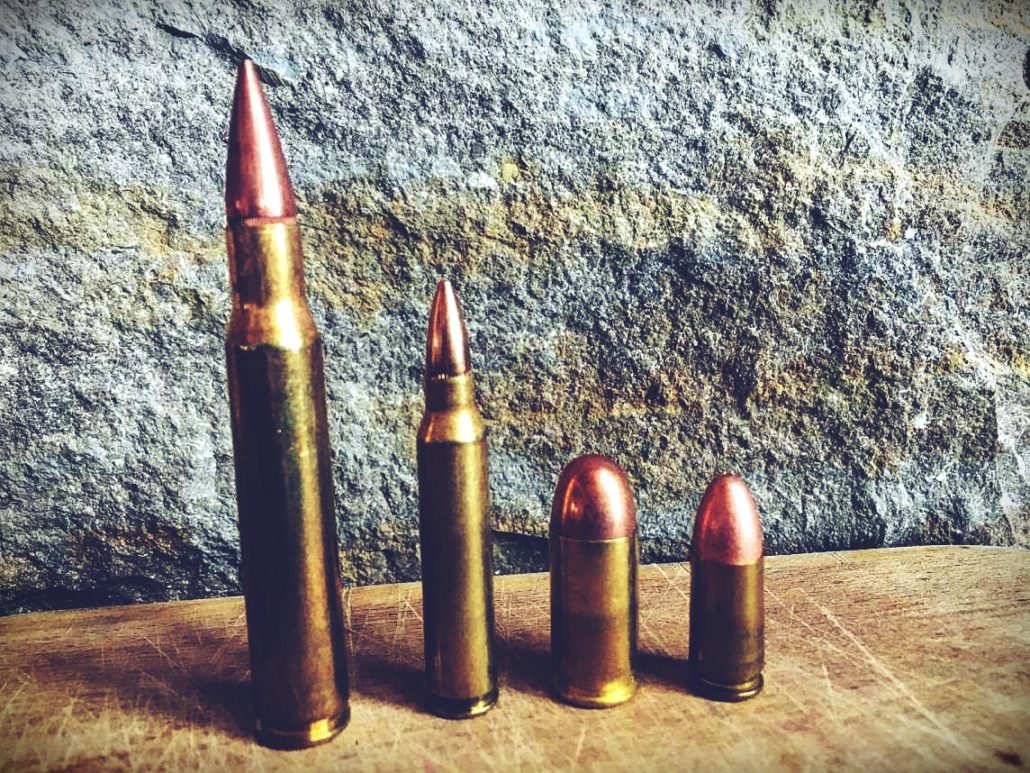
Is There Room in Your Collection for a Pistol Caliber Rifle?
Running a pistol cartridge, be it 9mm, 45ACP, or .40 S&W, in a rifle platform has many advantages. If you are destined to purchase a rifle for plinking, self-defense, or as a camp rifle, a pistol caliber rifle is a great choice. Arms manufacturers have taken notice, and the market is chock-full of options for every application and budget.

